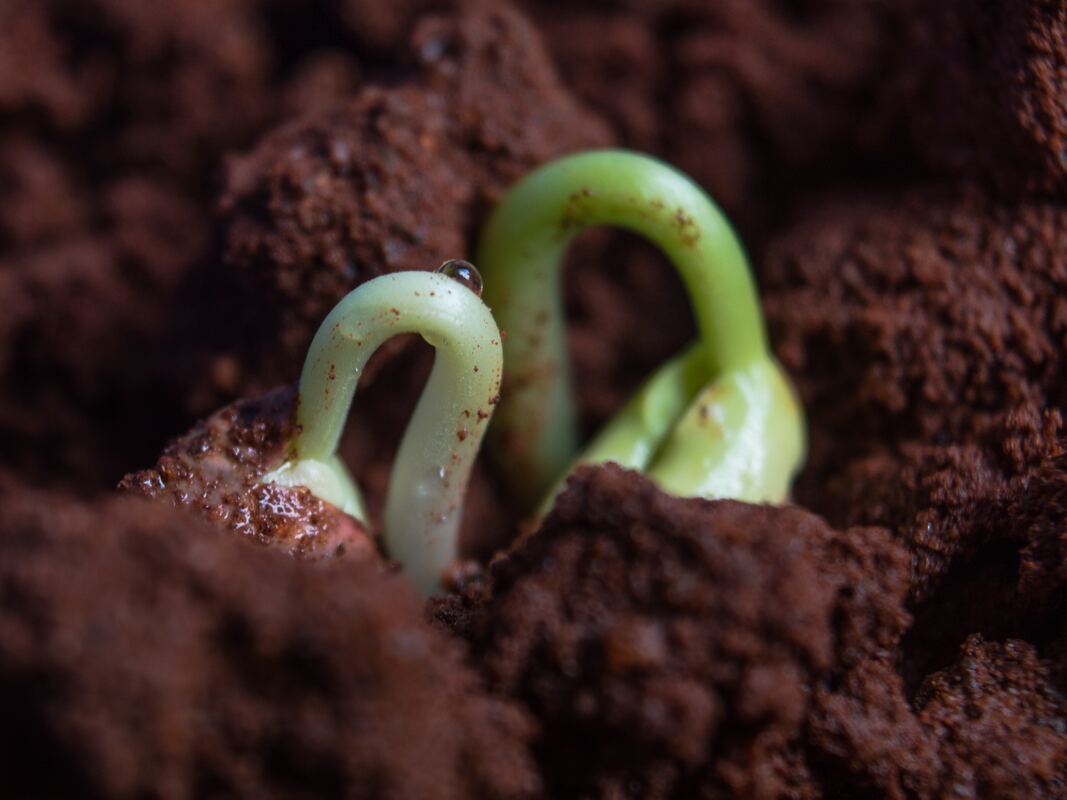|
It's the best time of year to prep your soil for spring planting. But WAIT, don't add compost from your local farm or the big box store just yet... Grow some beans first!
Inputs like composted manures and fertilizers are often a necessary part of farming and urban agriculture but there are risks to consider. The possibility of persistent herbicides is a growing concern and they tend to concentrate in animal manure and compost. There are no regulations that protect bulk materials from the presence of persistent herbicides. As a home grower, you can perform a simple test called a bioassay to determine if you have a contaminated product. This can also be helpful for testing soil amendments. You will need: 1. 12 small pots or 2 seed trays with bases 2. Current year bean, pea, or cucumber seeds. Preferably with germination rate provided by the company. If not provided, assume 80% germination rate 3. A clean control medium. A bag of potting soil or starting mix with fertilizer is ideal 4. The same amount of the compost for testing. Take 6-10 random samples from your source and mix 50/50 with the clean control medium Start your seeds, planting at least 6 seeds in each medium you are testing. Water and care for normally for 2-3 weeks, or until the true leaves have emerged. If persistent herbicides are present in the composted medium being tested, you should be able to easily tell. Even a very small amount can impact plant growth. Compared to your healthy control plants, the test plants may be stunted, twisted, or have very small leaves. The leaves may appear blistered or curled, the plants may have distorted shoot tips. Yellowing and leaf drop could also be present. ... To speed up testing, you can start with store bought tomato seedlings in the spring. For amendment testing, run the same test with a control medium and the amendment at the label rate added to the the control medium.
0 Comments
|
Lauren
A lover of plants, people, equity, and holy basil. ArchivesCategories |

 RSS Feed
RSS Feed